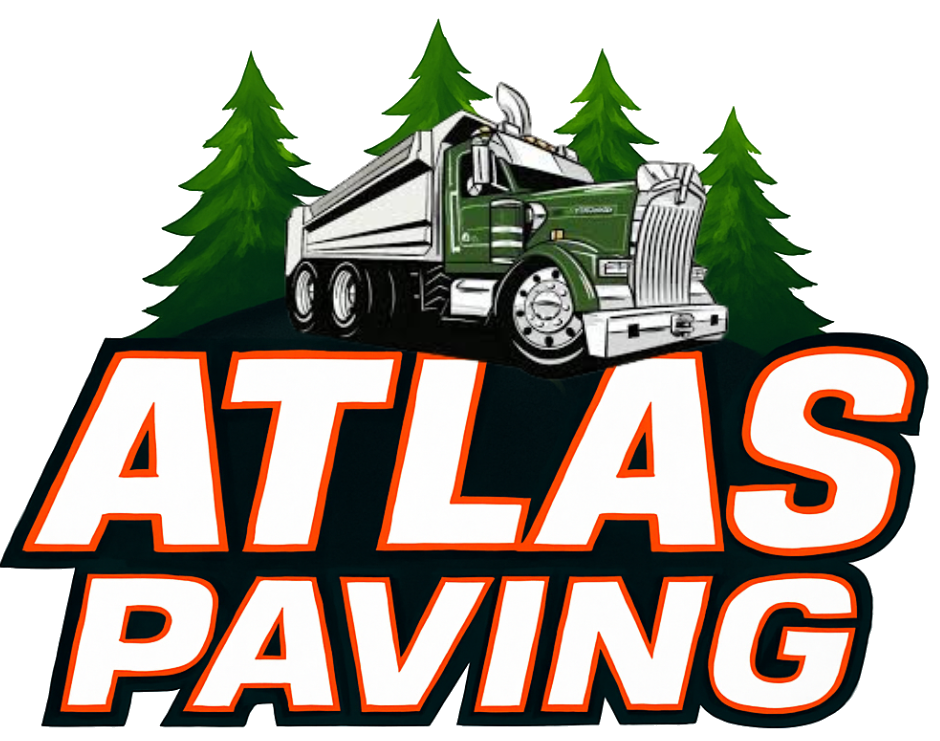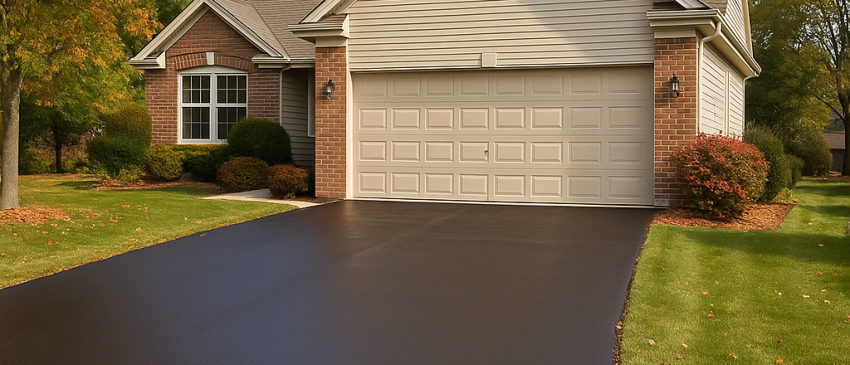When temperatures drop and the first frost hits, small cracks can turn into big problems. Fall is the best time to sealcoat—the weather helps coatings cure properly, and you lock out moisture, salt, and UV damage before winter. If you’re in Kankakee, Bourbonnais, Bradley, Manteno, Momence, St. Anne, Aroma Park, Chebanse, Clifton, Rantoul, Dwight, or nearby, here’s how to get your driveway ready.
Call or Text (779) 230-7604
Why Sealcoating in Fall Matters
-
Seals out water & salt: Prevents freeze-thaw expansion that widens cracks.
-
Restores the dark finish: Boosts curb appeal with a fresh, uniform look.
-
Slows oxidation: Shields asphalt from UV and oil/chemical spills.
-
Saves money: Routine sealing (every 2–3 years for most homes) extends pavement life and postpones costly replacement.
What Sealcoating Can (and Can’t) Do
-
Can: Fill hairline surface voids, protect the top layer, slow wear, enhance appearance.
-
Can’t: Fix structural problems (deep cracks, potholes, base failure). Those need patching, crack sealing, or resurfacing first—then sealcoat.
Your Fall Sealcoating Game Plan
-
Evaluate the surface: Note cracks, raveling, oil spots, drainage issues.
-
Prep & repairs: Clean thoroughly; treat oil spots; hot rubber crack seal for wider cracks; patch failed areas.
-
Edges & masking: Protect garage doors, sidewalks, pavers, landscaping.
-
Apply quality sealer: Even coats with professional equipment for consistent coverage and traction.
-
Cure time: Plan for 24–48 hours (weather dependent). Keep vehicles off until we give the green light.
-
Aftercare: Avoid sharp turns for a few days; no heavy stationary loads in hot spells.
How Often Should You Sealcoat?
Most residential driveways benefit from every 2–3 years, depending on traffic, sun exposure, and de-icing usage. High-traffic or south-facing drives may need it a bit sooner.
Signs You Should Seal This Fall
-
Color is gray/faded and won’t darken after washing
-
Fine cracking (“alligator” pattern) is beginning
-
Gritty surface (raveling) at tire paths and edges
-
You’ve patched or crack-sealed this year (seal over to protect the work)
Service Areas (Perfect for Internal Links)
Kankakee • Bourbonnais • Bradley • Manteno • Momence • St. Anne • Aroma Park • Chebanse • Clifton • Ashkum • Gilman • Onarga • Watseka • Crescent City • Paxton • Rantoul • Dwight • Gardner
Headed south from Kankakee along I-57? We’ve got you covered—rural lanes, farm drives, and suburban neighborhoods included.
Call or Text (779) 230-7604
FAQ: Quick Answers About Fall Sealcoating
Q: Is fall really better than spring?
A: Yes. Cool, dry fall weather helps coatings cure evenly, and protection is in place before salt and snowplows arrive.
Q: Can you seal over cracks?
A: We crack-seal first (hot rubber) for anything wider than hairline. Sealcoat protects that repair and the rest of the surface.
Q: How long before I can drive on it?
A: Typically 24–48 hours depending on temperature, humidity, and sun. We’ll give you exact timing on site.
Q: Will sealcoating fix potholes?
A: No. Potholes indicate base failure. We’ll patch or resurface those areas first, then seal for protection and uniform color.
Q: How often should I repeat it?
A: Most homes: every 2–3 years. Heavy-use driveways or south-facing exposures may benefit from a shorter cycle.
Ready to Protect Your Driveway?
Lock in a smooth, dark finish and guard your asphalt before winter. Get a free fall sealcoating estimate from Atlas Paving Contractors today.



No Comments
Be the first to start a conversation